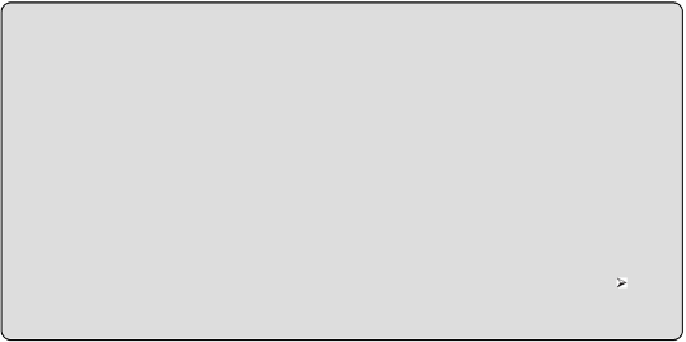Graphics Programs Reference
In-Depth Information
nice thing is that these documents, or
sheets
, are contained in the same file
with the model and its views. This allows for coordination directly with the
buildingmodelandallowsyoutomanagealltheconstructiondocumentsfor
a project in a single location.
Creating sheets in your Revit projects is a simple process of right-clicking
the Sheets heading in the Project Browser and selecting the New Sheet
option. You can also use the Sheet button on the Sheet Composition panel
of the View tab. The New Sheet dialog box, shown in
Figure 23.6
, lists any
titleblock families that are loaded into your project. You can select which
titleblock to use for the sheet and click the OK button. If your titleblock has
not been loaded into your project, you can click the Load button to browse
for the appropriate titleblock.
Figure 23.6
Titleblock families in the New Sheet dialog box
The bottom half of the dialog box, which is not shown in
Figure 23.6
,
allows
you to select any placeholder sheets that you may have created. Creating
placeholder sheets is discussed later in this chapter.
Available Titleblocks
It is a good idea to have your titleblock family loaded into your project
template so that it is immediately available when sheets are created. If
you have several titleblock families for various project types or clients,
you can load them into your project template, and when sheets are
created, the appropriate one can be selected. Be sure to delete the
unused titleblock families from a project after the titleblock style has
been established to avoid accidental misuse of an incorrect titleblock
during sheet setup. Titleblock families are located under Families
Annotation Symbols in the Project Browser.


